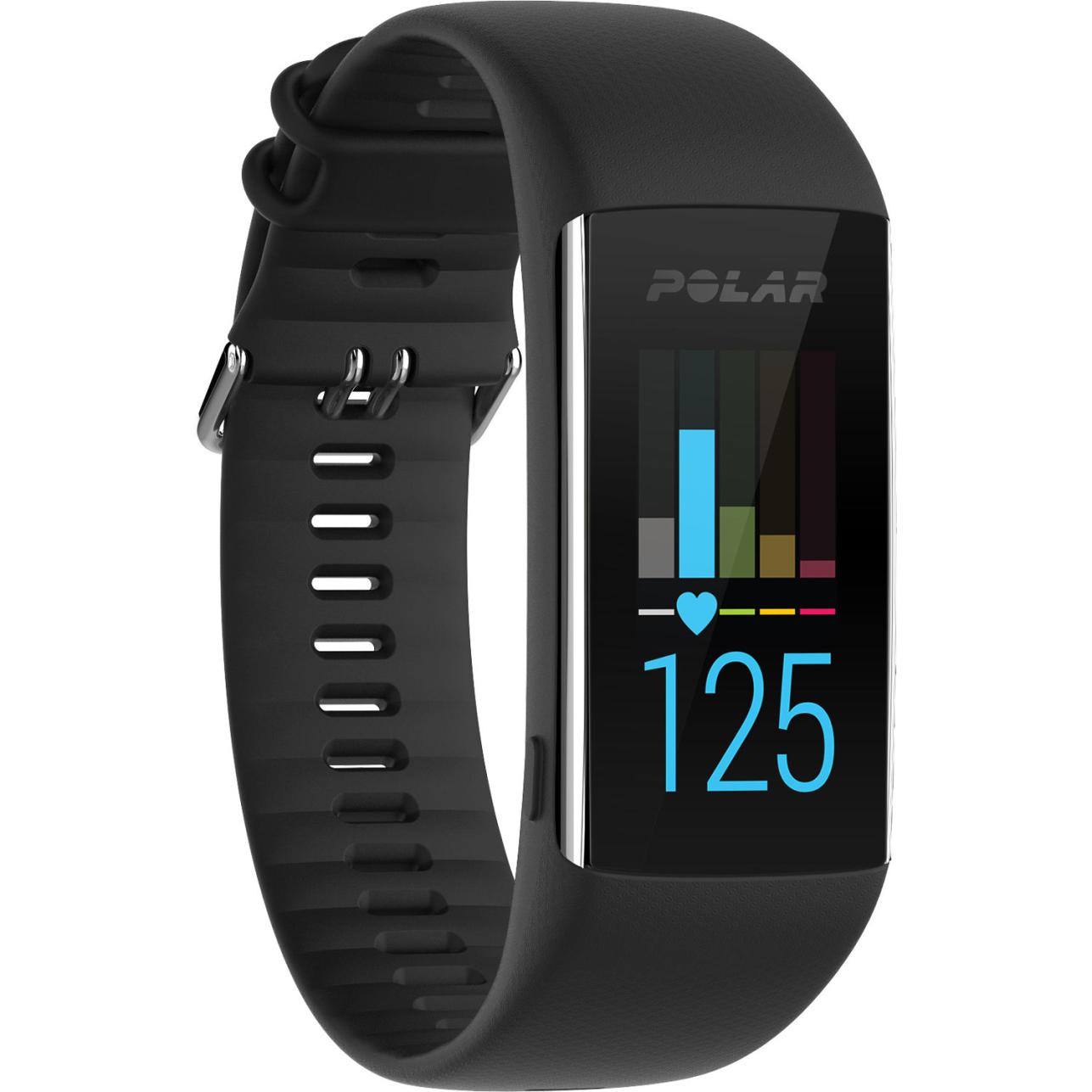How Can I Use Fitness Apps and Trackers to Track My Progress?
Hook: In the era of digital health and fitness, fitness apps and trackers have become indispensable tools for individuals seeking to monitor their progress and achieve their fitness goals. These innovative technologies provide a wealth of features and capabilities to help you stay on track, stay motivated, and make informed decisions about your workouts.

Thesis Statement: This comprehensive guide will delve into the world of fitness apps and trackers, exploring their benefits, types, and effective usage. By the end of this article, you'll have a clear understanding of how these tools can empower you to take control of your fitness journey and achieve lasting results.
I. Understanding Fitness Apps And Trackers
What Are Fitness Apps And Trackers?
Fitness apps and trackers are digital tools designed to monitor and track various aspects of your physical activity and overall health. They utilize sensors and advanced algorithms to collect data on your steps taken, calories burned, heart rate, sleep patterns, and more.
These devices come in various forms, including wristbands, smartwatches, and smartphone apps. They can be worn throughout the day to provide real-time feedback and insights into your fitness progress.
Types Of Fitness Apps And Trackers
- Activity trackers: These devices track your daily activity levels, including steps taken, distance covered, and calories burned. They provide a basic overview of your overall physical activity.
- Heart rate monitors: These devices measure your heart rate, which is a crucial indicator of your cardiovascular health and fitness level. They can help you optimize your workouts and monitor your progress.
- GPS trackers: These devices use GPS technology to track your distance and location during outdoor activities like running, cycling, or hiking. They provide detailed insights into your routes and performance.
- Sleep trackers: These devices monitor your sleep patterns, including duration, quality, and sleep stages. They help you understand your sleep habits and make adjustments to improve your sleep hygiene.
II. Benefits Of Using Fitness Apps And Trackers
Tracking Progress:
- Monitor daily activity levels, steps taken, and calories burned with ease.
- Visualize your progress over time through graphs and charts, making it tangible and motivating.
- Set realistic goals and stay motivated by tracking your progress and celebrating milestones.
Promoting Accountability:
- Reminders and notifications encourage consistent exercise, helping you stay on track.
- Sharing your progress with friends or online communities fosters accountability and support.
- Publicly tracking your progress adds an extra layer of motivation to keep pushing forward.
Enhancing Motivation:
- Real-time feedback and rewards boost motivation, making workouts more enjoyable.
- Challenges and competitions add an element of fun and competitiveness, keeping you engaged.
- Tracking your progress and seeing tangible results can be a powerful motivator to continue your fitness journey.
III. Choosing The Right Fitness App Or Tracker
Consider Your Fitness Goals:
- Identify your specific fitness objectives (e.g., weight loss, muscle gain, improved endurance).
- Choose an app or tracker that aligns with your goals and provides relevant metrics.
- Consider features like heart rate monitoring, GPS tracking, or sleep tracking based on your fitness goals.
Evaluate Features And Compatibility:
- Assess the features offered by different apps and trackers (e.g., GPS tracking, heart rate monitoring, sleep tracking).
- Ensure compatibility with your smartphone and operating system.
- Check for additional features like water intake tracking, calorie counting, or workout tracking.
Read Reviews And Recommendations:
- Seek recommendations from friends, family, or fitness experts.
- Read online reviews and ratings to gather insights from other users.
- Consider factors like accuracy, ease of use, and customer support when making your decision.
IV. Getting Started With A Fitness App Or Tracker
Set Up Your Device:
- Follow the manufacturer's instructions to properly set up your fitness app or tracker.
- Connect it to your smartphone or other compatible devices.
- Ensure that the device is properly charged and ready to use.
Create An Account:
- Register for an account on the app or tracker's platform.
- Provide accurate personal information for personalized tracking.
- Set up your profile and preferences to tailor the app or tracker to your needs.
Set Goals And Preferences:
- Define your fitness goals and preferences within the app or tracker.
- Customize settings to suit your individual needs and preferences.
- Set daily activity goals, calorie targets, or specific workout routines.
V. Using Your Fitness App Or Tracker Effectively
Daily Tracking:
- Wear your fitness app or tracker throughout the day to capture accurate data.
- Log your activities manually if necessary, especially for non-tracked workouts.
- Ensure that your device is properly synced to avoid data loss.
Regular Syncing:
- Sync your fitness app or tracker with your smartphone or computer regularly.
- Ensure data is transferred and stored securely.
- Regular syncing allows you to review your progress and make adjustments as needed.
Reviewing Progress:
- Regularly review your progress through the app or tracker's dashboard.
- Analyze trends and patterns to identify areas for improvement.
- Celebrate your achievements and adjust your goals as you progress.
VI. Troubleshooting Common Issues
Connectivity Problems:
- Check Bluetooth or Wi-Fi connections for proper functioning.
- Restart your fitness app or tracker and your smartphone.
- Ensure that your devices are within range and free from interference.
Data Accuracy Issues:
- Ensure that your fitness app or tracker is properly calibrated.
- Consider factors that may affect accuracy, such as weather conditions or GPS signal strength.
- Consult the manufacturer's instructions for specific calibration procedures.
Syncing Issues:
- Check your internet connection and ensure it is stable.
- Close and reopen the fitness app or tracker app on your smartphone.
- Restart your fitness app or tracker and try syncing again.
VII. Conclusion

Fitness apps and trackers are powerful tools that can help you take control of your fitness journey and achieve your goals. By choosing the right device, setting realistic goals, and using it effectively, you can track your progress, stay motivated, and make informed decisions about your workouts. Embrace the benefits of these technologies and unlock your full fitness potential!
YesNo

Leave a Reply